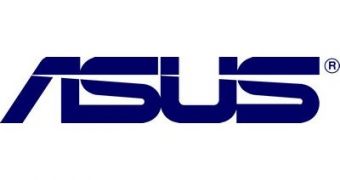Leap Motion may not have caused much of a furor, but that is only because display and PC makers chose not to base their product on its technology, until now that is.
ASUS has taken the first step towards an age where even touch input is considered obsolete and barbaric, or at least unseemly due to its tendency to leave screens laden with smudges and smears.
Touch input is considered very convenient and straightforward, as it provides a new depth to human-machine interaction.
For those that don't necessarily want to be completely “hands-on” though, motion control might be better.
In fact, motion control may be convenient enough that even people who prefer tactile feedback will choose it over normal touch displays.
Some time ago, Leap Motion introduced a sensor, independent of the TV or monitor, that could grant full control over an OS or app from afar.
A small 3D motion-tracking accessory placed on the table or desk in front of the screen can interpret the movements of fingers or the entire hand.
ASUS has signed a deal with Leap Motion, which will allow it to bundle Leap Motion's controller with its high-end notebooks and all-in-one PCs.
"As OEMs adopt 3-D motion control technology, they're spurring a rapid evolution in computer interface innovations and helping free the full power and potential of computing for consumers," said Leap Motion Co-founder and CEO Michael Buckwald.
Leap Motion's controller has a 150-degree field of view and tracks up to 10 fingers at 290 frames per second. Gesture control, painting, signing virtual documents, drawing, everything is made possible.
Sadly, ASUS did not specify an exact time frame for the availability of these product bundles. All it said in its press release was that shipments would begin later this year. CES 2013 may or may not include a demo.

 14 DAY TRIAL //
14 DAY TRIAL // 